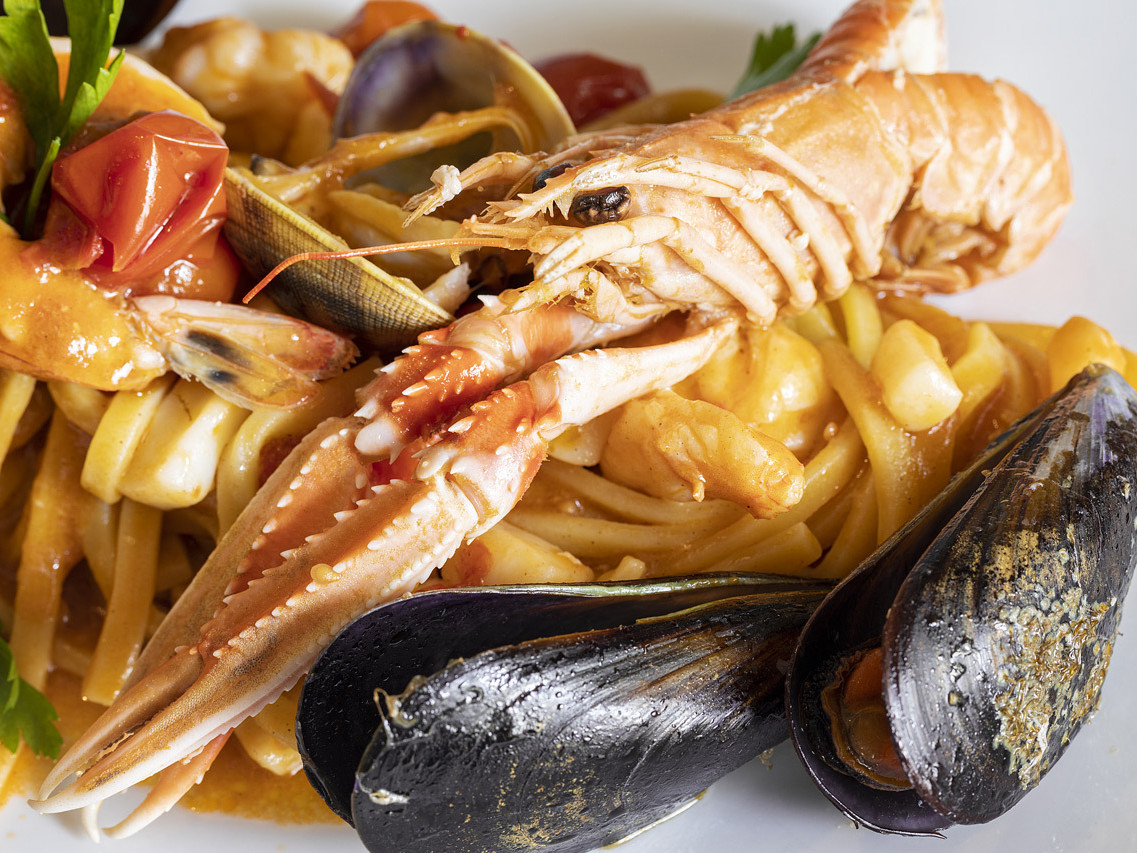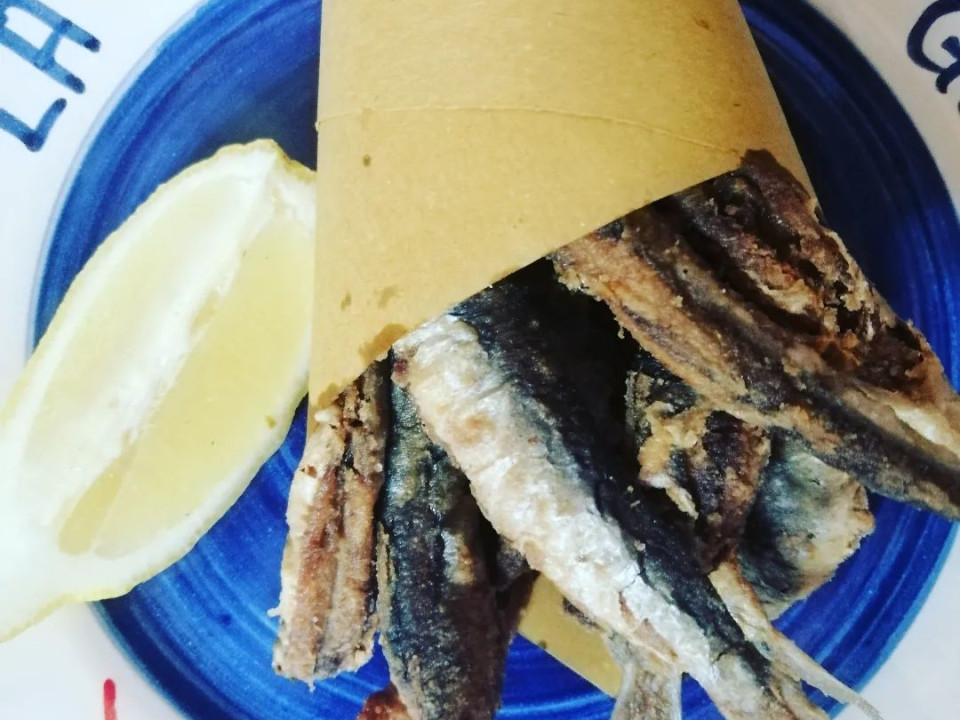THE SALTED MIGLIACCIO: THE TYPICAL CARNIVAL RECIPE OF THE AMALFI COAST
On the occasion of Shrove Tuesday, in Praiano, on the Amalfi Coast, it is traditional to prepare the salted version of one of the most delicious desserts of the Carnival: the Migliaccio
by Barbara Iovine
Carnival is certainly one of the most cheerful festivities of the year, especially for the children that love to celebrate it, playing with confetti and streamers. In order to make this day truly special, in addition to the harmless and funny pranks organized by the little ones and the Italian sweet “Chiacchiera” (typical of this period) eaten with friends and family, you can not miss another typical dish of the local tradition: the praianese Migliaccio. Suitable as a tasty apéritif, but also as an appetizer, this is the savory version of the well-known sweet Migliaccio, and it is cooked on the Amalfi Coast on the occasion of the Shrove Tuesday. It is a real delicacy made up of semolina, sausage, different types of pasta, caciotta, and provolone. Just like its other version, it is truly irresistible: it has a strong flavor and a fragrant aroma and looks like a polenta pie or even a classic pasta frittata.
share this article
Salty Migliaccio from Praiano
The origins of the salty Migliaccio: from a poor dish to a real delicacy
Despite being less known than its sweet version, the origins of the salty Migliaccio go back to the Middle Ages. At that time, peasant women did their best not to waste even a shred of the little food they had. In this way, they gave life to always new and ingenious recipes, albeit "poor", created mostly with the leftovers of daily meals or even with what was left after the holidays. This is the case of the praianese Migliaccio: since nothing had to be wasted, they made a sort of pie with the leftovers of pasta and the fat of the pig, cooking an extravagant but excellent delicacy whose recipe was handed down from generation to generation. Over the centuries, of course, the recipe has changed. Initially, it also involved the use of pig's blood, disapproved and judged "pagan" by the Church and therefore replaced by more common ingredients, such as sugar, cinnamon, flour, and eggs. The name of this pie, both in its sweet and savory version, comes from its main ingredient: millet flour, (in Italian “farina di miglio”), now replaced by the more common and easy to find durum wheat semolina.
The recipe
Below there is the original recipe, taken from the book "La memoria nell’immagine, Praiano viaggio nel passato" by Giovanni Scala, expert and lover of the history of Praiano.
Ingredients for 4 people
- 400 gr of ziti lunghi pasta
- 200 gr of bucatini pasta
- 100 gr of semola
- 3 tablespoons of lard
- 6 eggs
- 600 gr of mozzarella or fresh caciocavallo
- 200 gr of sheep's milk caciotta or grated pecorino
- 600 gr of smoked sausage
- pepper to taste
- oil to taste
- cinnamon to taste
- salt to taste
Procedure
The preparation of the salty Migliaccio is not difficult, but it is recommended very slow cooking to achieve a perfect result.
- First, put a saucepan with five liters of salted water on the stove and wait for it to boil. While waiting, beat six eggs in a bowl and mix them with grated cheese, pepper, and a pinch of cinnamon.
- As soon as the water boils, add the pasta and, halfway through cooking, drain part of the water. Slowly add the semolina into the pot and with the help of a wooden ladle, stir vigorously to avoid lumps, add a spoonful of lard, and continue to mix. When the pasta is ready, turn off the heat and pour the egg and cheese mixture into the saucepan, continuing to stir for another minute.
- At this point, grease a pan with the lard and pour half of the mixture, smoothing it well. Add the slices of mozzarella or caciocavallo, the crumbled sausage, the pecorino, and then cover everything with the other half of the mixture, smoothing evenly.
- Cook the pie over low heat on both sides, turning the mixture only when a golden crust has formed. Once cooked, cut the Migliaccio into slices and let it cool for a few minutes before serving it for your apéritif or appetizer.
This dish may be very old, but its goodness has certainly remained intact over the centuries. Enjoy your meal!
share this article






